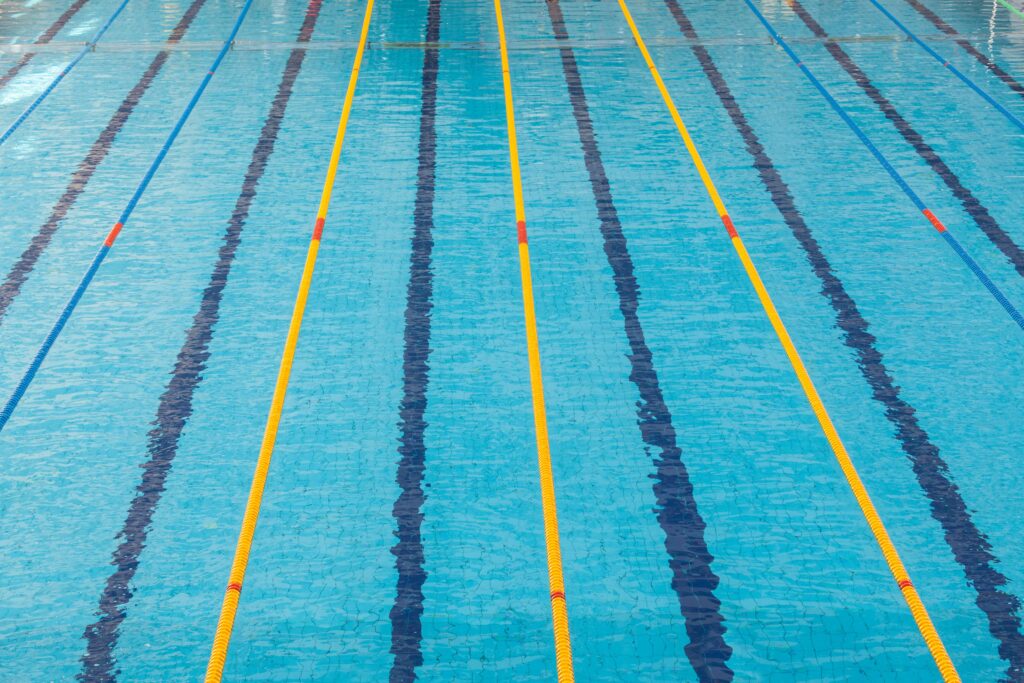Self-Compassion in Sport 101

If you have been involved in the coaching or administrative side of competitive sport, chances are you have seen athletes experience emotionally difficult setbacks. These setbacks can range from devastating performance failures (e.g., “choking” during an important competition), to facing harsh, negative evaluations by others (e.g., spectators, teammates, competitors, parents) and/or themselves (the self-critic is…
Team-based incentives
Participants using a physical activity app with team-based incentives accumulated more steps per day during a 12-week intervention period compared to matched controls. The findings offer further evidence that even very small incentives (users earned on average $3.60 CAD over 12 weeks) can be used to influence behaviour change and increase physical activity.
New Year’s Resolutions
Is getting active part of your New Year’s resolutions? Goals are a great way to stay motivated. Set a physical activity goal and create a detailed plan for when, where, and how you will achieve it. Review your goal on a weekly or bi-weekly basis to celebrate progress, increase the challenge, or adjust expectations (too…
Tips to engage adults with intellectual and developmental disability in sport and physical activity

Exercise leads to many benefits for individuals with intellectual and developmental disability (IDD), including those diagnosed with autism spectrum disorder (ASD). These include improved physical and mental health, increased community engagement, and, amongst individuals with ASD, a decrease in repetitive behaviours that often result in functional and social impairment. The Adapted Physical Exercise (APEX) Research…
Walking speed predicts dementia
A progressive decline in walking speed may be linked with a higher likelihood of developing dementia, according to a new study. Dual decliners – those who experience a decline in gait speed and cognition – have about a 50% risk of progression to dementia. The researchers recommend dual decliners be prioritized for interventions to reduce…
Uninterrupted sleep
According to the Canadian 24-Hour Movement Guidelines, children (ages 5-13) require 9 to 11 hours of uninterrupted sleep per night and youth (ages 14-17) require 8 to 10 hours per night. Check out this infographic for tips to encourage a good night’s sleep in your family such as encouraging regular wake-up times on the weekend…
Exercise as therapy
Individuals living with two or more chronic conditions – known as multimorbidity – might need to reconsider their prescriptions. A review of the literature suggests exercise therapy can be safe and beneficial for their physical and psychosocial health, and has a lower risk of negative side effects compared to pharmacological treatments.
Pandemic Silver Linings in Canadian Sport

This article is the second in a special series that explores how Canadian sport leaders are adapting and innovating to safeguard the wellbeing of athletes preparing for the Tokyo Olympic and Paralympic Games and other Major Games during a global pandemic. Read the first article here. The challenges facing Canada’s top summer athletes have never…
Winter drowning risk
Warmer winters contribute to thinner, weaker, and less stable ice. This puts Indigenous communities in northern Canada at increased risk for winter drowning because of their dependence on ice cover for subsistence and travel. Water safety programs that use local cultural and traditional knowledge in dialogue with community stakeholders can empower communities with the capacity…
Kids and hiking
The mention of a hike can elicit groans, whining, and protests from children and youth. According to Outside magazine contributor Rachel Walker, tips to get your kids on the trails include choosing an interesting trail, giving them responsibilities, inviting their friends, and not skimping on snacks. However, perhaps most importantly, don’t call it “hiking”!